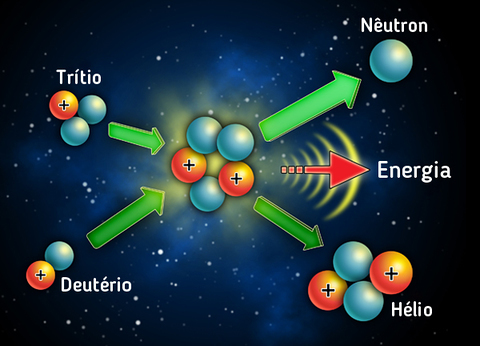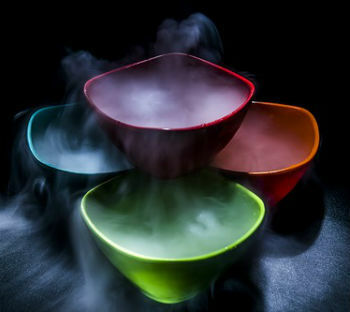Ionic dissociation is the separation of ions that occurs from ionic compounds dissolved in water.
Water interacts with ions and causes their separation, a phenomenon called solvation.
The dissociation process was discovered by the physicist-chemist Svant August Arrhenius (1859-1927).
He noted that some substances when placed in water could conduct electricity. Thus, Arrhenius suggested that in aqueous solutions there must be electrically charged particles, the ions.
It is important to emphasize that only ionic substances, such as salts and bases, undergo dissociation when in solutions or melts.
Process
To exemplify the dissociation process, we can use NaCl, table salt.
When NaCl is placed in water, we have the following equation:
NaCl is an ionic compound, so the ions already existed, what only happened was the separation between them through the action of water.
Now we have another example using a base:
The NaOH, a base, when placed in water, the bond between the Na+ and oh- is broken and they are released in the middle.
Remember that bases are substances that release hydroxyl ions (OH anions–) in aqueous solution.
Other examples of ionic dissociation into bases:
1)
2)
Importantly, free ions in aqueous solutions can conduct electricity.
Read too:
- salts
- Bases
- Neutralization reaction
Dissociation and Ionization
Understand the difference between ionic dissociation and ionization:
- ionic dissociation: It is the physical process of separation of ions that takes place in salts and bases.
- ionization: It is a chemical reaction that originates ions from acids placed in water.
So, ionization is the process of ion formation. Example:
In the case of HCl (hydrochloric acid), the chemical bond between H and Cl is broken and H ions are formed+ and Cl-.
In common, in dissociation and ionization free electrons can conduct electricity.

This situation does not occur, for example, with sugar (C12H22O11) which does not form ions in aqueous solution.
Therefore, there is no electricity conduction and sugar only dissolves in water.
Learn more, read too:
- ion, cation and anion
- ionic balance
- Chemical Bonds
- Physical and chemical transformations
Be sure to check entrance exam questions on the subject, with commented resolution, in: exercises on inorganic functions.



